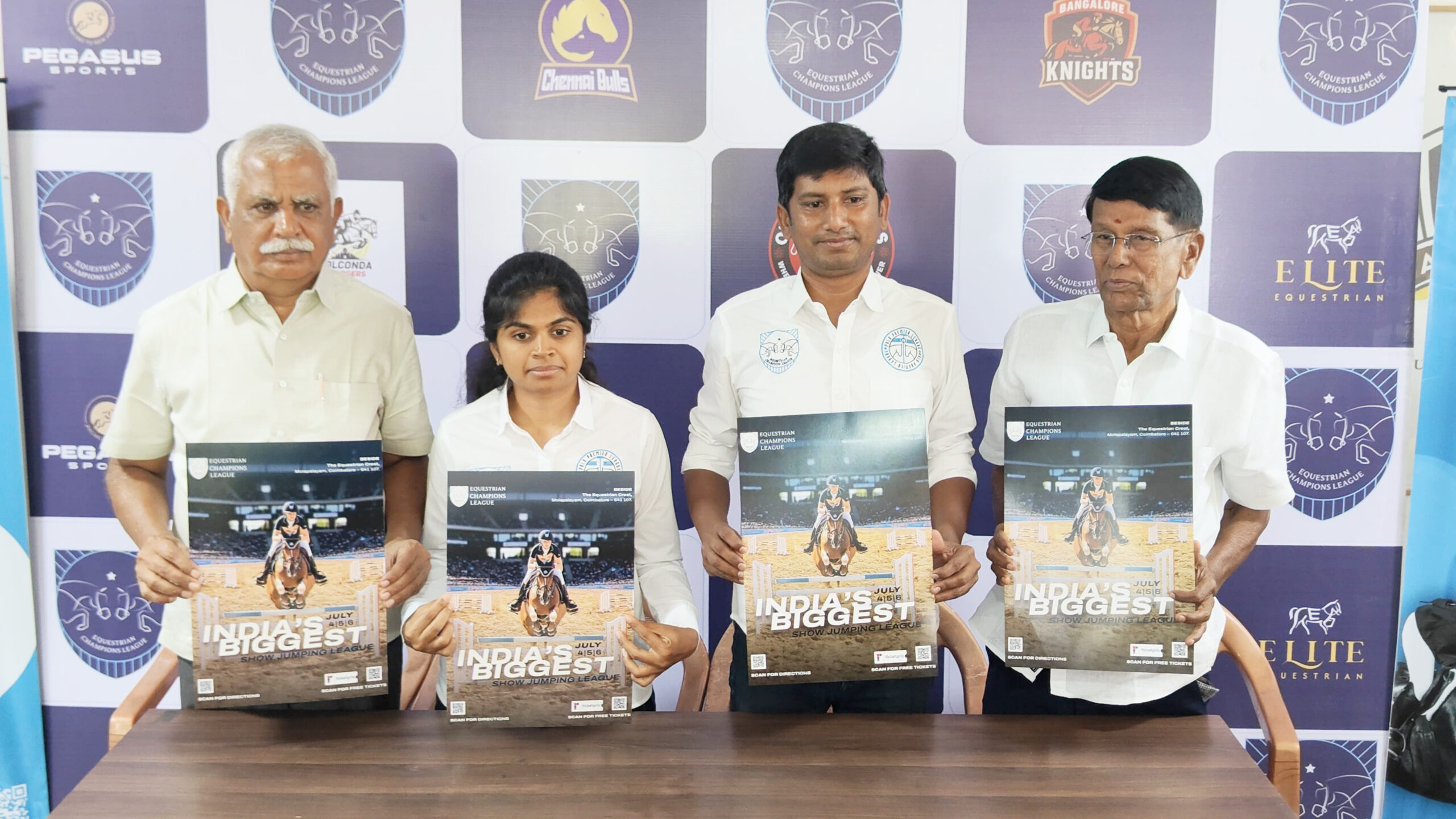Trending Now
- “If Edappadi Palaniswami permits, a thousand young members from the Virudhunagar district AIADMK are prepared to take up arms and engage in battle under my command.” – Former AIADMK Minister Rajendra Balaji
- “India is ready to deal with any counter-attack by Pakistan” – Wing Commander Vyomika Singh
- Central govt orders extension of CBI Director Praveen Sood’s tenure for another year
Columns
Malleable Indian media
![]() January 3, 2017
January 3, 2017
Whenever we type the keywords ‘media and youth’ in any search engine, the related links refer to how the youth and especially children are affected by the media. But it is a cliché that the media affects the youth in a negative way. Today’s youth is not so naïve that the media could inject any desired content into young minds.
Interestingly, in fact, it is the youth who affect the media and control content. Thanks to social media or the virtual social network, people of almost all age groups actively respond to media reports, by ‘posting’ their reactions. Thus it is very easy for any television channel to understand how far their stereotypical soap operas should run or whether they need to change the content urgently.
Even non-fiction programmes and news channels have Facebook pages and WhatsApp numbers to interpret the choice patterns of their audience. The talk shows debates and other participatory programmes are also designed based on the tweets, Facebook comments and popular blogs so that the majority of the audience appreciate the programme.
Gone are the days when we were compelled to watch a single channel or two for lack of choice. With the advent of satellite television, we have access to more than a thousand channels which air programmes 24×7. There are statistical tools and techniques to calculate TRP (viewership) and circulation (readership). And in order to sustain themselves in this extremely competitive market, the media closely monitors the likes and dislikes of its audience to shape the content or the software as it is technically called.
The older generation, hence, does not have much say in shaping media content because they hardly use the Internet and sparsely use social networks. Statistics show that an average urban Indian spends nearly 10 hours a week on the Internet, and urbanites in the age group of 15 to 40 spend more than 10 hours a day on the net.
Since the majority of the Indians are below 40, India is termed to be a young country. Thus, we have more vanguards to monitor our media and take necessary action on the basis of the media coverage than in many developed countries.
The proof lies in the trials of Priyadarshini Mattoo, Jessica Lal and Nirbhaya who got justice, though posthumous, through the collective action of the youth and the media.
Disclaimer: The views expressed above are the author’s own






















